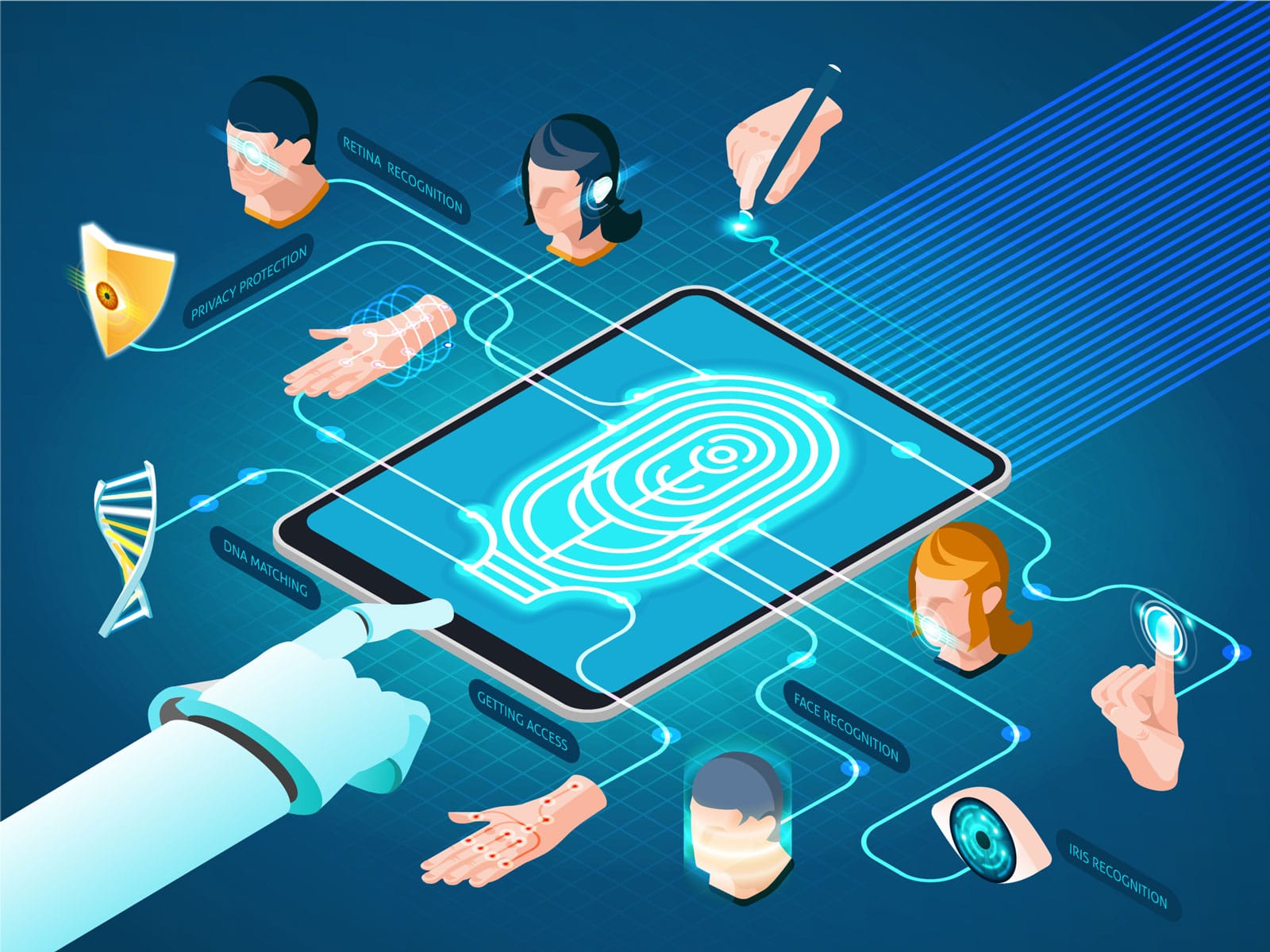Traditional methods of authentication, such as passwords and PINs, have shown to be vulnerable to cyber threats and unauthorised access in the digital age. As a result, biometric authentication has emerged as a potent alternative for improving security and providing seamless access management. Biometric authentication verifies individuals’ identities by utilising unique biological attributes such as fingerprints, face features, iris patterns, and voice recognition. In this post, we will look at biometric authentication and its role in maintaining secure access management.
What is biometric authentication?
Biometric authentication uses an individual’s unique and immutable biological characteristics to validate their identification. Because these characteristics are very personal and impossible to replicate, biometrics are a dependable technique of ensuring secure access management. The procedure entails collecting biometric data, translating it into digital templates, and securely storing it for future authentication attempts.
Common methods of biometric authentication
- Fingerprint Recognition: Fingerprint recognition, one of the most extensively used biometric technologies, identifies persons based on their unique fingerprint patterns. This technique is extensively used to unlock and verify identity in smartphones and other gadgets.
- Facial Recognition: To authenticate identity, facial recognition technology analyses facial traits such as the layout of the eyes, nose, and mouth. It’s used in a variety of applications, such as smartphone unlocking, access control systems, and airport security.
- Iris Scanning is the process of recording the delicate patterns of the iris, the coloured area of the eye, in order to establish a unique identification for each individual. It is well-known for its accuracy and is frequently utilised in high-security areas.
- Voice Recognition: To authenticate a user’s identification, voice recognition technology analyses speech patterns and voice features. It is often used for voice-controlled systems and phone-based authentication.
What are the benefits of biometric authentication?
- Enhanced Security: Biometric authentication provides a better level of security than traditional techniques since it is based on unique biological features that are difficult to copy or fabricate.
- Convenience and speed: Because users can acquire access merely by providing their biometric data, biometric authentication provides a seamless and efficient user experience.
- Password-related Risks are Reduced: Biometric authentication eliminates the necessity for knowing and managing passwords, lowering the risk of password-related vulnerabilities such as weak passwords and password reuse.
- Fraud Prevention: Because biometric data is unique to an individual and cannot be easily compromised, biometric authentication considerably minimises the risk of identity theft and fraudulent actions.
How to use biometric authentication
While biometric authentication has various advantages, its implementation necessitates careful thought and adherence to best practises:
- Data Security: To prevent unauthorised access and data breaches, biometric data must be securely kept and encrypted.
- Multi-factor Authentication: Adding an extra layer of protection by combining biometric authentication with other factors such as a PIN or token.
- User approval and Privacy: Before collecting and using biometric data, organisations must get explicit approval from users. Regulations governing privacy must also be fulfilled.
- Continuous upgrades: As technology changes, biometric systems require regular upgrades to remain ahead of any problems.
Biometric authentication is a huge step forward in access control and security. Organisations can assure secure and seamless authentication processes by exploiting individuals’ unique biological features. As cyber threats increase, incorporating biometric authentication becomes an essential technique for preserving sensitive information, protecting user identities, and strengthening overall security.

Leave a Reply